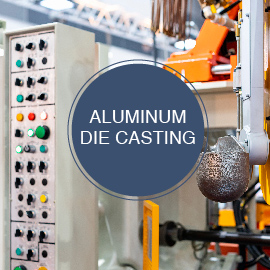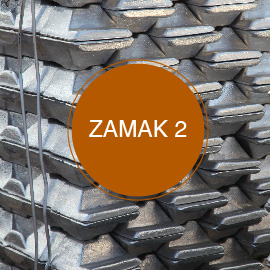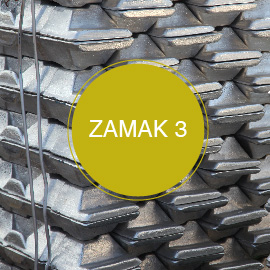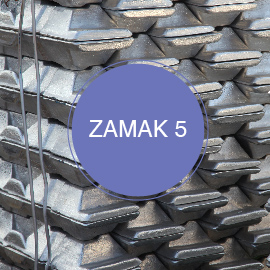ZINC ALLOY ZAMAK 7
Zamak 7, also known as Zinc Alloy 7, ZnAl4Ni, or ASTM AG40B, has the highest castability out of all other Zamak family alloys. Let’s have a look at the characteristics, properties, advantages, and applications that differentiate it from other alloys.
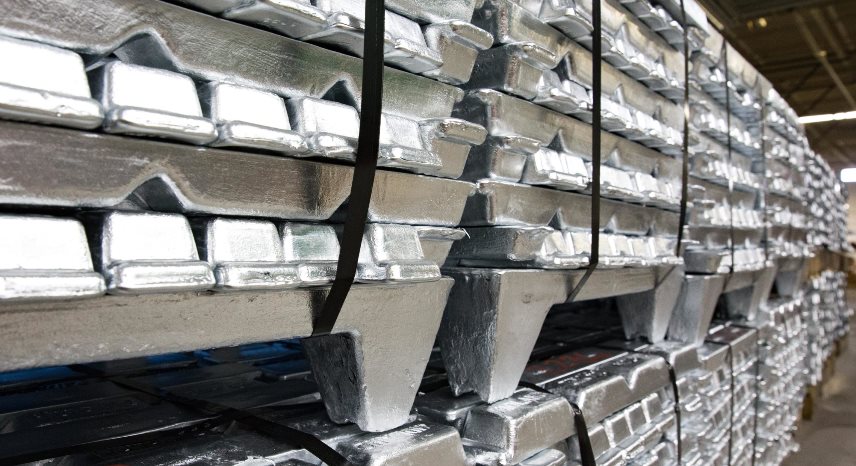 Zamak 7 Characteristics
Zamak 7 Characteristics
Zamak 7 alloy requires a hot chamber machine for casting. It is considered a high-purity alloy with a minimal amount of impurities. It has a lower magnesium content to improve its fluidity and ductility properties. The elongation at break is the highest (13% in 50mm) among other Zamak alloys.
Therefore, Zamak 7 is more castable and formable compared to other Zamak alloys. Moreover, a small amount of Nickel added to it which improves corrosion resistance by controlling the impurities in the alloy. Most of the other characteristics are similar to that of Zamak 3.
Advantages
- The high fluidity of the alloy makes it easier to cast complex and thin-walled parts
- The enhanced ductility aids the forming operations
- Secondary operations like trimming or removal of flashes are easier.
- Great vibration attenuation and damping capacity
- Improved resistance to wearing and tearing
- Surface finishing is excellent
- Can be recycled
Applications
The special properties of Zamak 7 make it ideal for some specific hardware applications. Bending, staking, or crimping of the castings is easier due to the high formability. And, intricate hardware with thin walls can be cast easily. So, decorative parts, bathroom fixtures, lighting fixtures, toys, etc. products are often cast using Zamak 7 alloys.
Mechanical Properties
| Parameters | Value |
| Brinell Hardness | 80 HB |
| Ultimate Tensile Strength | 283 MPa |
| Yield Strength (0.2%) | 221 MPa |
| Compressive Strength | 414 MPa |
| Shear Strength | 214 MPa |
| Fatigue strength | 47.6 MPa |
| Impact Strength | 58 J |
| Elongation | 13 % in 50mm |
Physical Properties
| Parameters | Value |
| Melting Range | 381-387 °C |
| Density | 6.60 g/cm³ |
| Electrical Conductivity | 27 % IACS |
| Thermal Conductivity | 113 W/mK |
| Coefficient of Thermal Expansion | 27.4 µm/m°K |
| Specific Heat | 419 J/kg-°C |
| Poisson’s Ratio | 0.30 |
Alloy Composition
| Contents | Value |
| Zinc (Zn) | Balance |
| Aluminum (Al) | 3.9-4.3 % |
| Copper (Cu) | 0.10 % (max) |
| Magnesium (Mg) | 0.01-0.020 % |
| Nickel (Ni) | 0.005-0.020 % |
| Iron (Fe) | 0.035 % (max) |
| Lead (Pb) | 0.003 % (max) |
| Cadmium (Cd) | 0.002 % (max) |
| Tin (Sn) | 0.001 % (max) |
Limitations of Zamak 7 Alloy
The enhanced fluidity property of the alloy does come with some drawbacks as well. Flashes are more likely to occur along the parting lines unless the die halves close perfectly. So, the clamping mechanism and die fit are of more importance here.
Hopefully, you now have a better understanding of the Zamak 7 alloy specifications. If you are not sure which alloy to go for, you can consult with our experts for more insight into the materials.


